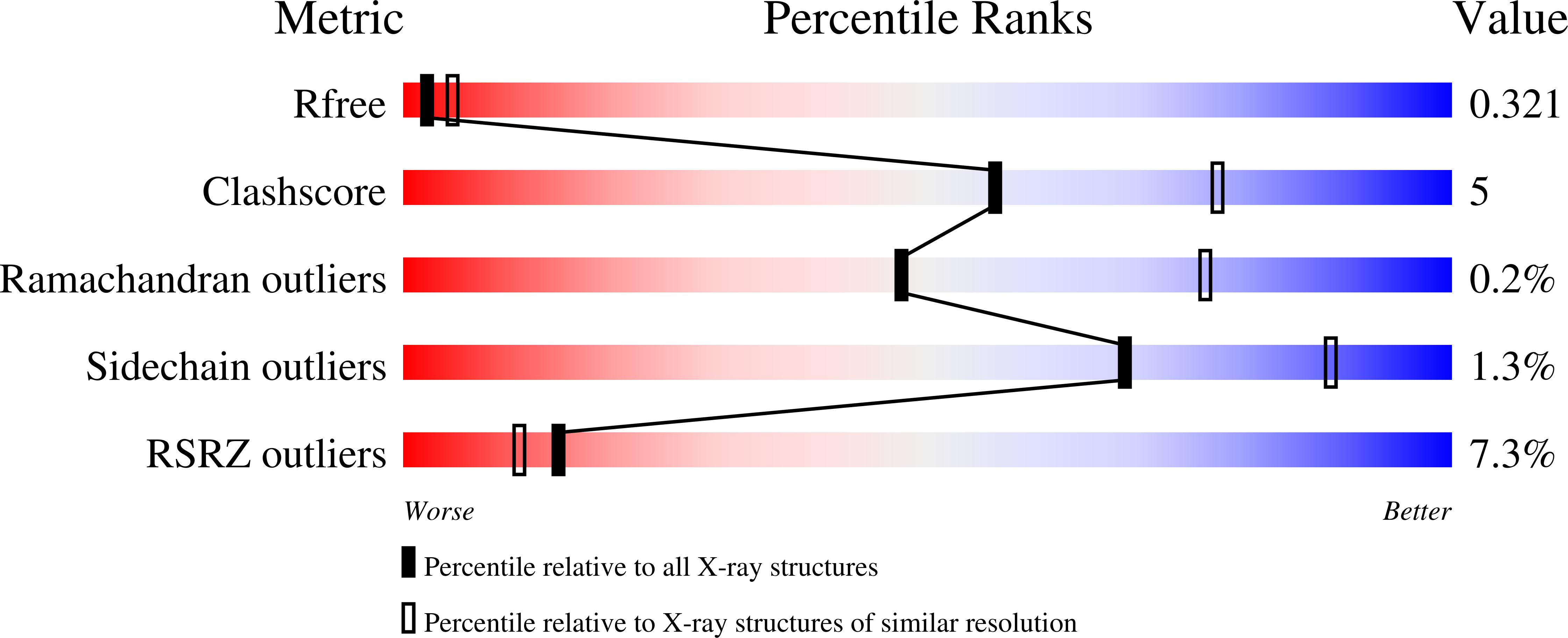
Deposition Date
2020-12-08
Release Date
2022-01-12
Last Version Date
2024-11-20
Entry Detail
PDB ID:
7B6W
Keywords:
Title:
Crystal structure of the human alpha1B adrenergic receptor in complex with inverse agonist (+)-cyclazosin
Biological Source:
Source Organism:
Homo sapiens (Taxon ID: 9606)
Host Organism:
Method Details:
Experimental Method:
Resolution:
2.87 Å
R-Value Free:
0.31
R-Value Work:
0.28
Space Group:
P 21 21 21


